Dunbar Students Learn about Central American Figures and Politics
By Cierra Kaler-Jones
Marlena James
“What have you learned about Central America in your classes?”
Students at Dunbar High School (DCPS) in Marlena James’ Spanish class leaned forward in their seats, engaged in reflection after I started the class period with this question. To honor Teach Central America Week, James used the Central America 101 mixer in her classes on Thursday, October 17th as an interactive activity for students to learn about significant figures in Central American history and current events. James and I worked together to support students as they thought deeply and critically about their prior experiences learning about Central America, including listing the seven countries and sharing if they knew anyone from the region. James carefully scaffolded students’ knowledge, as she shared hints about each country and encouraged them to draw on previous classroom conversations, as well as examine the decorated walls that were adorned with a map of Central America and various flags from Central American countries.
Each student was given a lanyard with a Central American figure’s picture and bio, which detailed the country they were from, along with their title, many of them serving in various roles, including politicians, poets and writers, and activists. The figures included people like Claribel Alegria, a poet, novelist, and translator who lived in Nicaragua and El Salvador; Father Ernesto Cardenal, a Roman Catholic priest, poet, and activist from Nicaragua; and Nora Murillo, a poet and professor from Guatemala. The bios also included people from the United States that played a role in Central American history, such as Roberto Clemente, a Puerto Rican baseball player who died in a plane crash while delivering supplies to Nicaragua after the 1972 earthquake; and Charlie Clements, a doctor and activist who spoke out against the brutalities of the United States military and the role the country played in the El Salvadoran war.
Students embodied their roles and interviewed one another as the people they represented. They asked questions such as,
What country are you from?
What are your beliefs and values?
What did your work consist of?
Students even found during their conversations that some of them might have worked together in the fight for similar causes in the same country, while others discovered that one person played an instrumental role in either overthrowing or assassinating the other. Robust conversation was had between the figures, as students tried to understand the perspectives of viewpoints of the role they were playing that were different from their own.
After students interviewed one another, we came back together for group discussion and debrief. Students had insightful comments and thoughts about their experience participating in the lesson. One student exclaimed,
My person was a dictator and it’s terrible how he tried to keep power at any cost.
Another student mentioned the role that the United States played in overthrowing some Central American leaders and their surprise about the country’s involvement in other parts of the world. As we continued to discuss, James posed an important question,
What have you heard about Central America before? It could be in the news, from school, from your families. Just share some things you might have heard or know.
One student mentioned a gang they had heard of and another mentioned high immigration rates from Central America to the United States. James helped to unpack their thoughts and noted how many of the countries experienced high rates of violence and war, such as El Salvador, where the United States sent aid and provided significant training to the Salvadoran military. The result was the devastating loss of tens of thousands of lives of Salvadoran people.
James also talked about how many young people fear for their lives and join gangs as a form of protection or leave their home countries to pursue safety and opportunity. This conversation then led into a deeper analysis of how multiple issues intersect to lead to immigration, including the climate crisis. The climate crisis has increased the length and severity of several natural disasters (such as droughts) in Central American countries and has left local populations without the resources needed to recover quickly. Students made multiple connections during the time we spent together. For example, students were able to make connections as to why young people join gangs and the impact in their communities. By the end of the lesson students were more curious about Central America. The lesson confirmed their beliefs about various injustices and helped them see how global politics influence them personally.
A few students shared with James that they hope to do more hands-on activities in class like this in the future. Students said they left the activity feeling like they knew more not only about Central American figures, but also how politics play a significant role in both Central American history and current events.
Cierra Kaler-Jones is the Education Anew Fellow with Communities for Just Schools Fund and Teaching for Change. She is also a Ph.D. candidate at the University of Maryland, College Park studying minority and urban education.



